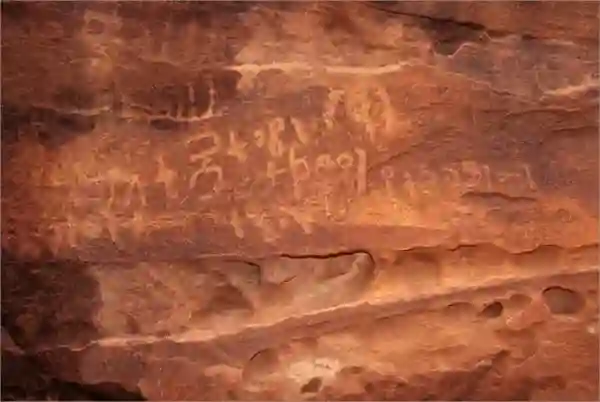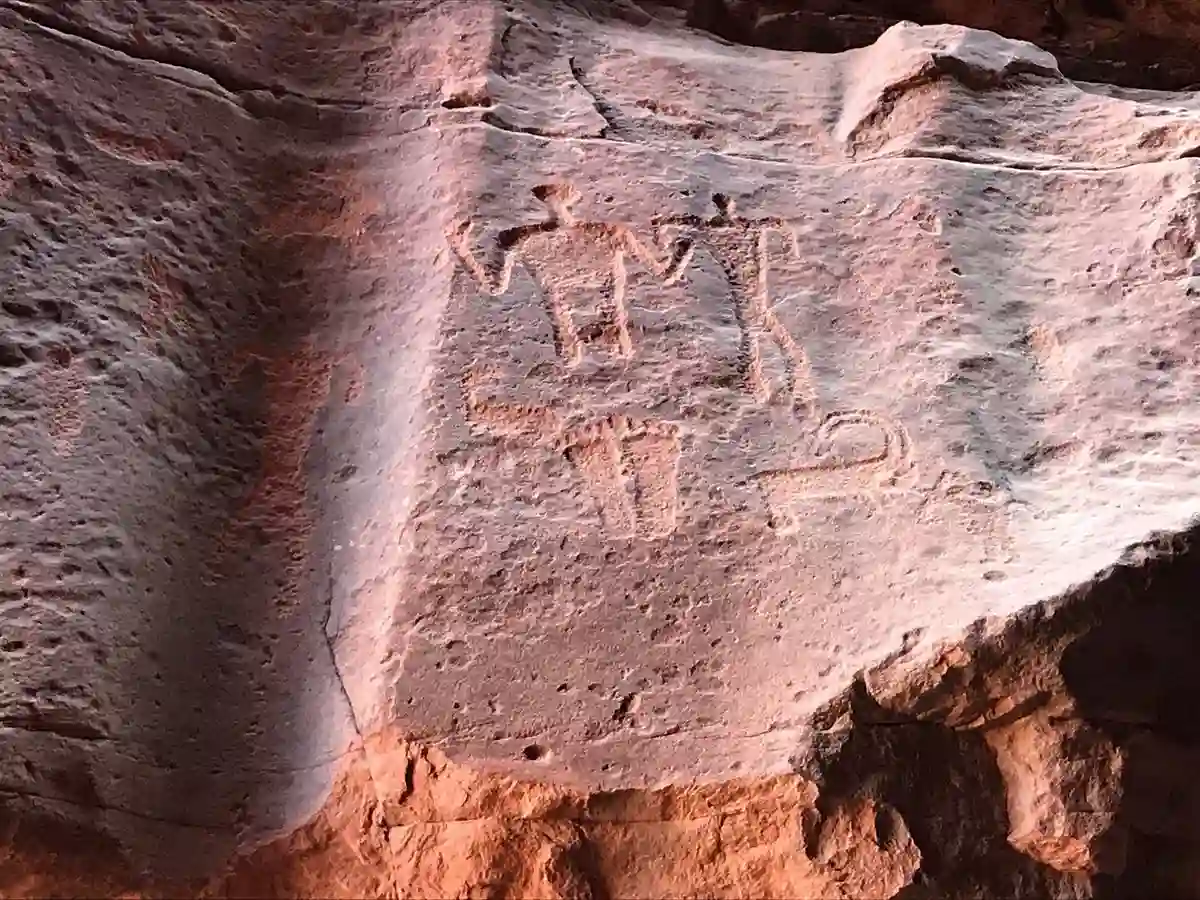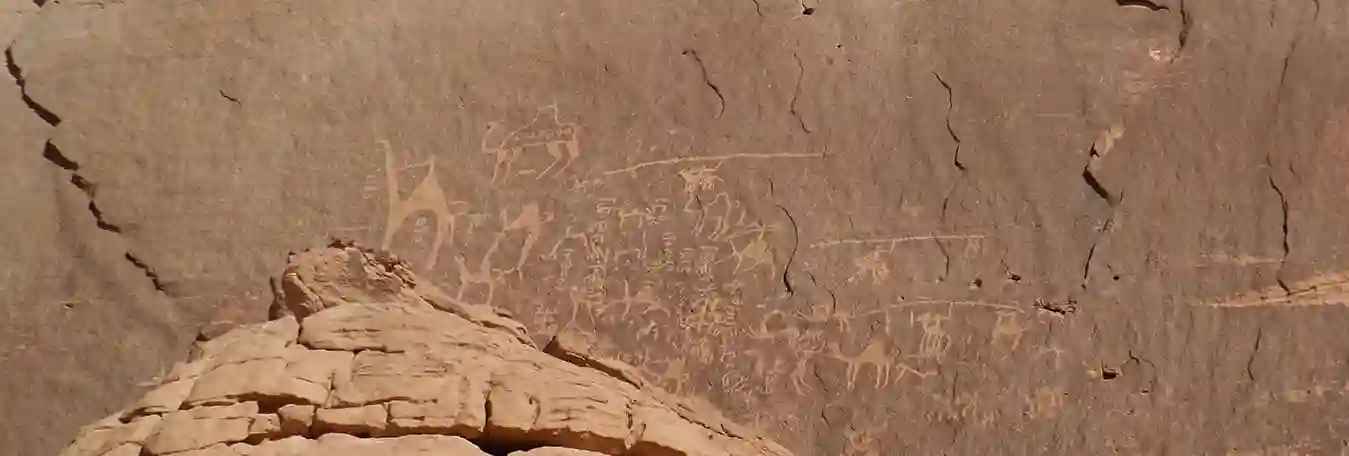The Cultural Significance of Wadi Rum's Inscriptions
Unveiling the Ancient Stories of Wadi Rum
Wadi Rum is not only a natural wonder but also a treasure trove of ancient history. The desert is dotted with thousands of inscriptions and petroglyphs left behind by the Thamudic and Nabatean civilizations. These carvings, etched into the rocks thousands of years ago, tell stories of hunters, traders, and travelers who once roamed this land. Let’s explore the cultural significance of these inscriptions and why they are a must-see during your visit.



1. Thamudic Inscriptions
The Thamudic people were one of the earliest known civilizations to inhabit the Arabian Peninsula. Their inscriptions, often found on rock faces and cliffs, depict scenes of daily life, including hunting, herding, and traveling. These carvings provide valuable insights into their culture and way of life. One of the best places to see Thamudic inscriptions is in Khazali Canyon, where the walls are adorned with intricate drawings of camels, humans, and symbolic patterns. Learn more about this canyon in our guide on The Hidden Beauty of Wadi Rum's Canyons.

2. Nabatean Petroglyphs
The Nabateans, famous for their capital city of Petra, also left their mark in Wadi Rum. Their petroglyphs often depict animals such as camels, goats, and horses, as well as human figures engaged in various activities. These carvings highlight the Nabateans' advanced understanding of trade routes and their deep connection to the desert environment. One notable site for Nabatean inscriptions is Anfishiyyeh Rock, which features some of the most detailed and well-preserved carvings in the region. Discover more about this site in our article on Top Attractions in Wadi Rum.

3. Historical Context of the Inscriptions
These inscriptions are not just artistic expressions; they are historical records that provide clues about ancient trade routes, migration patterns, and cultural exchanges. For example, many of the carvings show camels carrying goods, indicating the importance of trade in the region. Scholars believe that these inscriptions were also used as markers to guide travelers through the desert. For more information about the history of Wadi Rum, visit Wikipedia.
To learn more about the cultural and historical significance of these inscriptions, you can explore the official UNESCO World Heritage Site page. You can also read traveler reviews on TripAdvisor to get insights into what to expect.
Ready to explore the ancient inscriptions of Wadi Rum? Plan your visit today and uncover the stories hidden in the rocks. Book your tour now via our booking page.